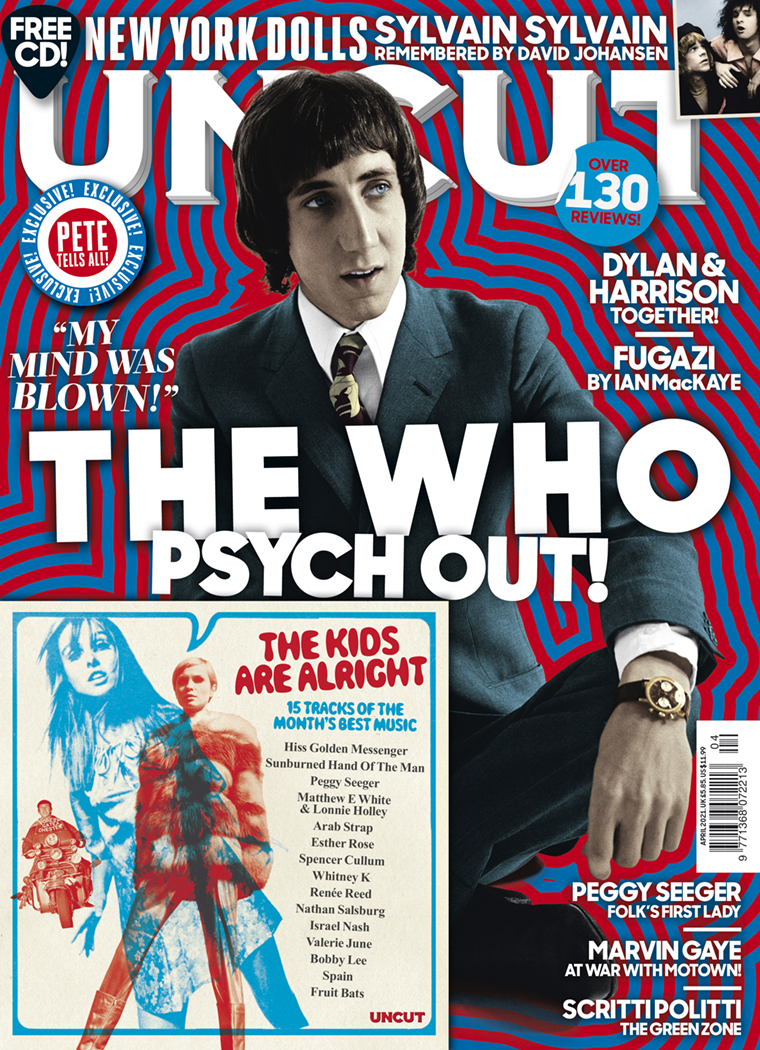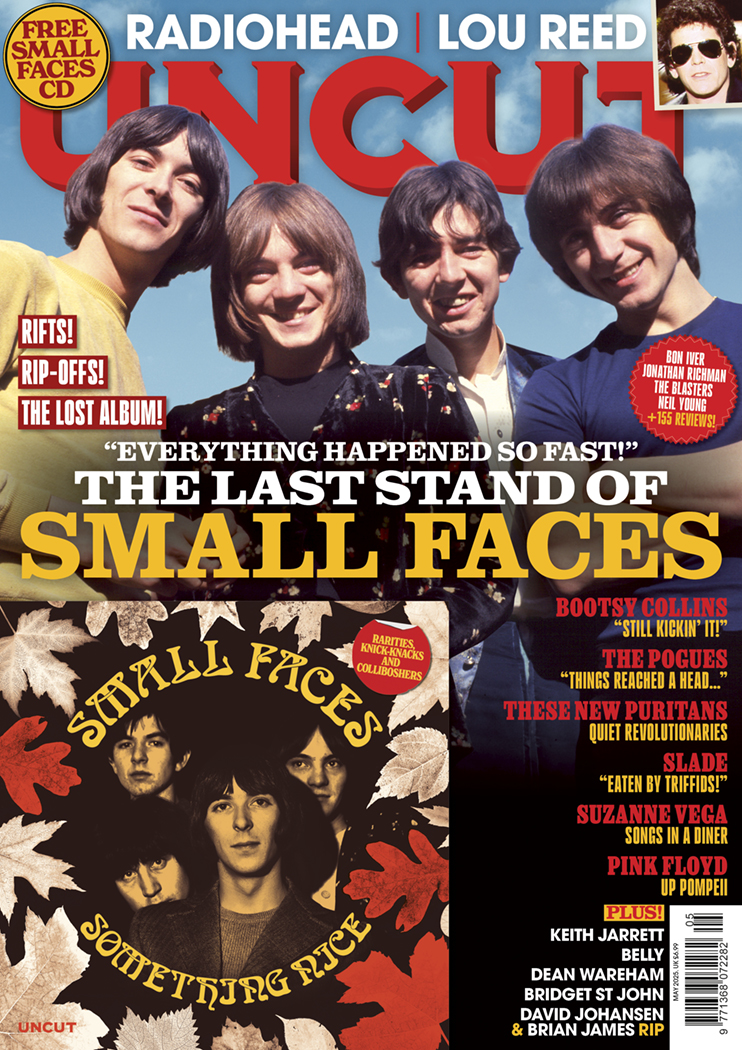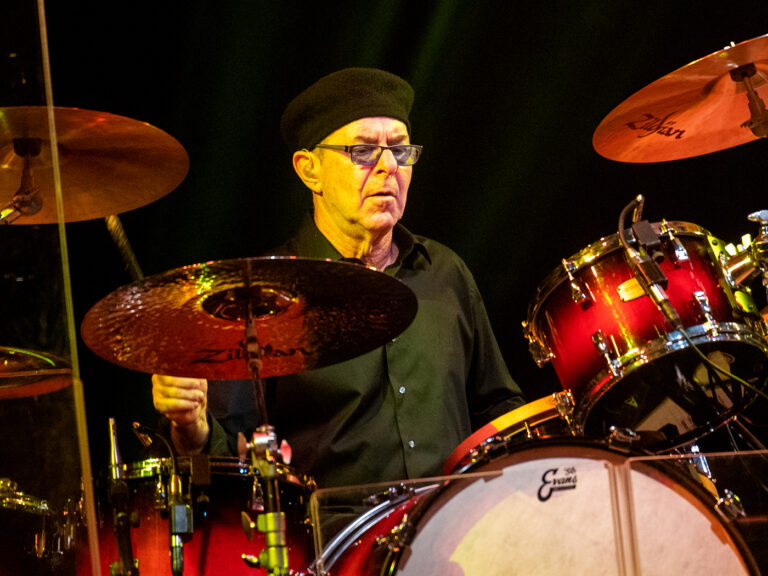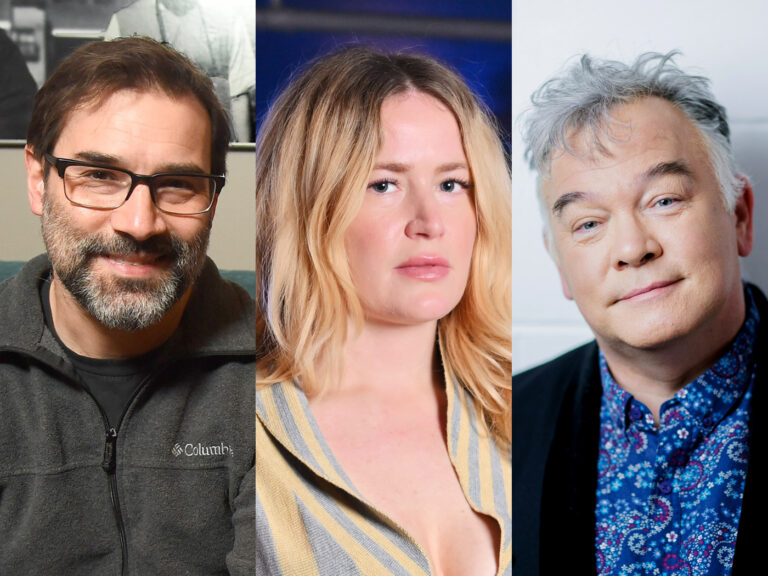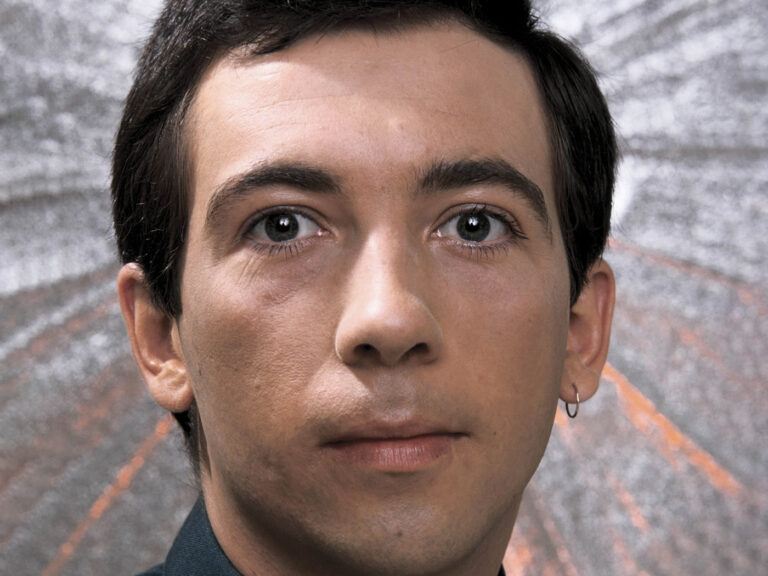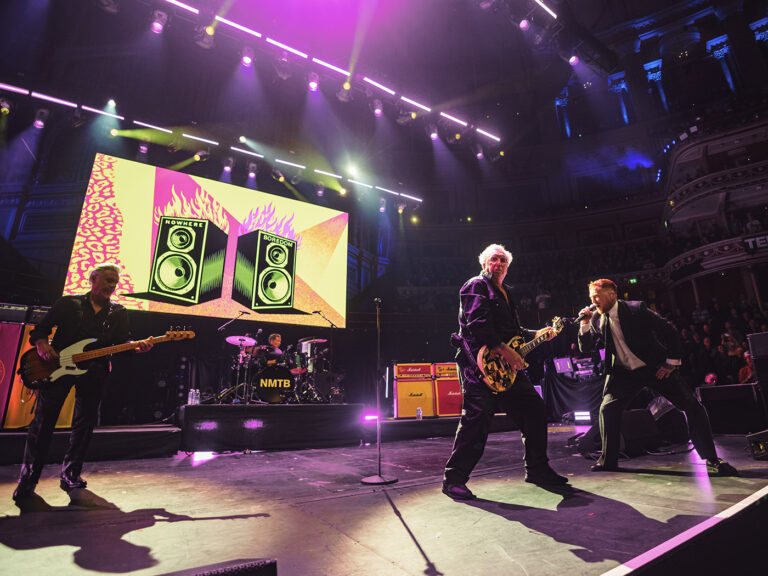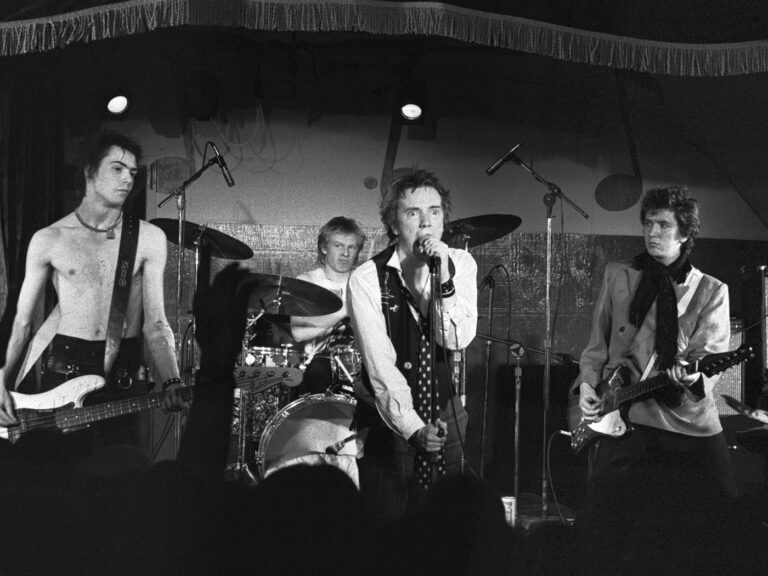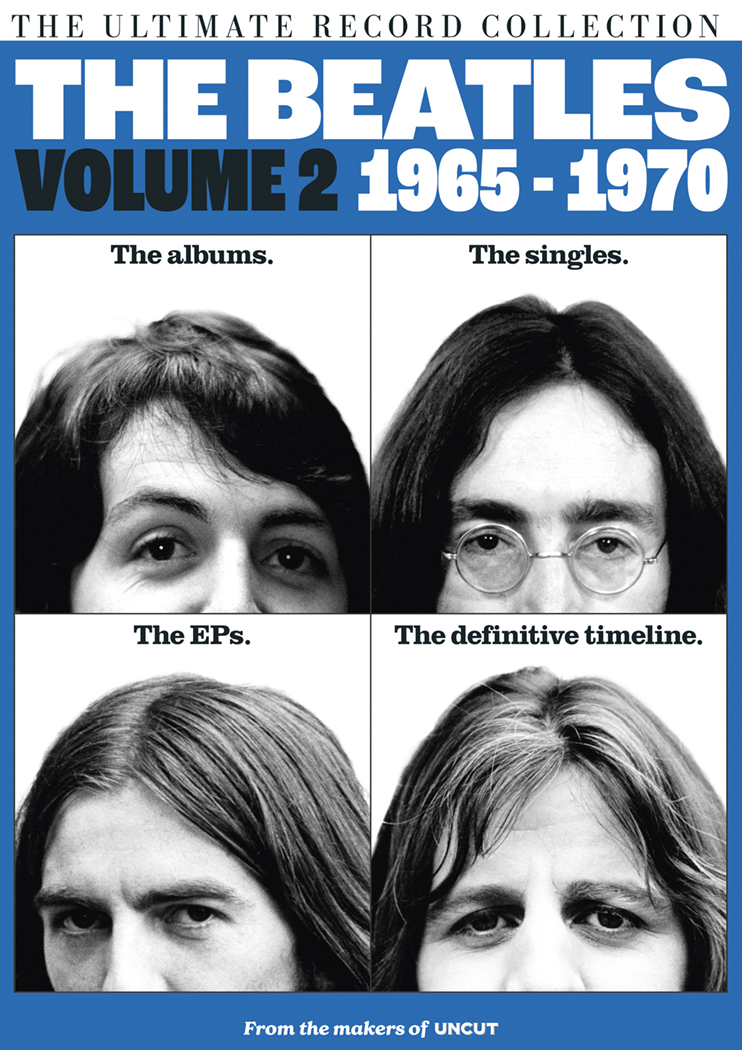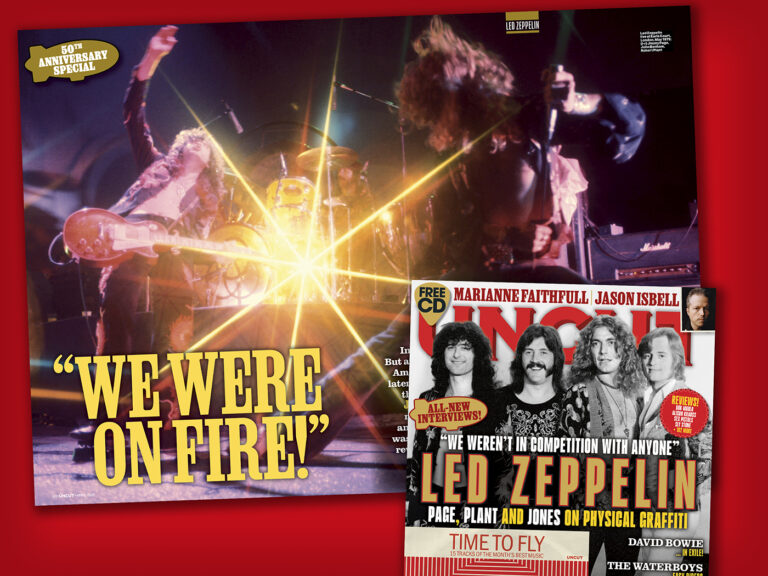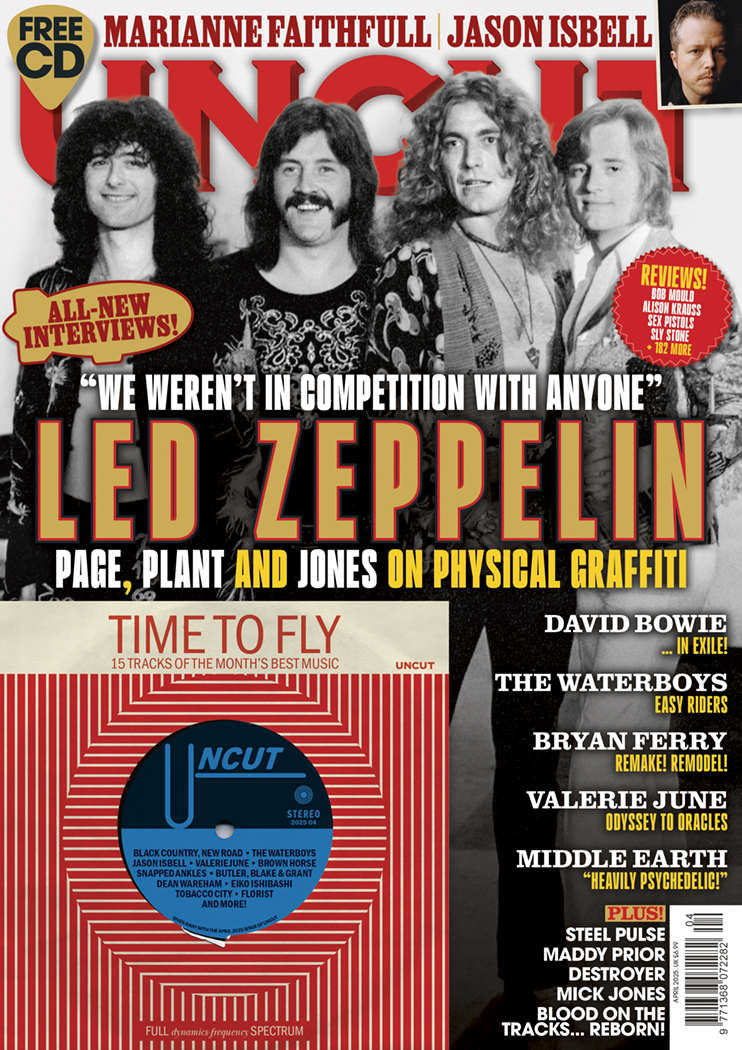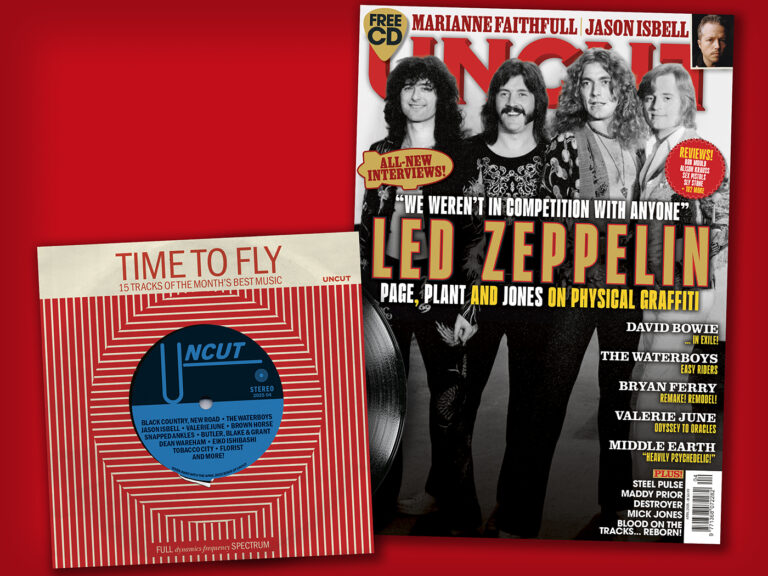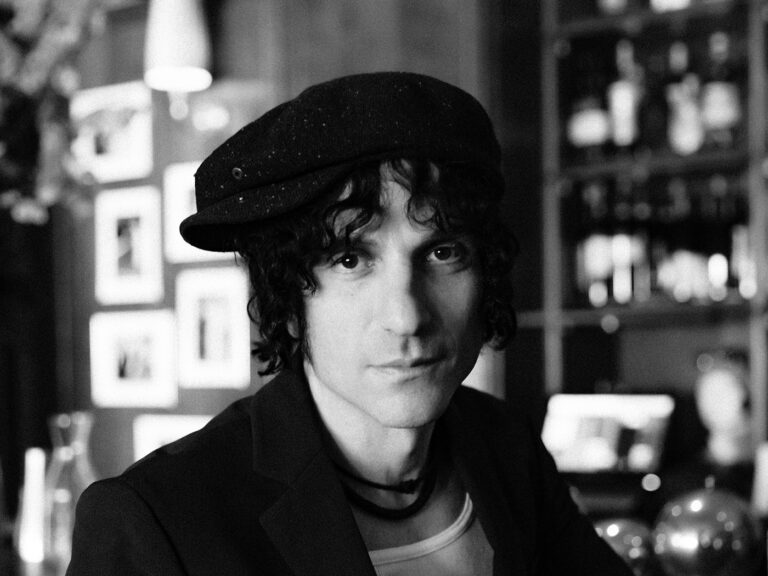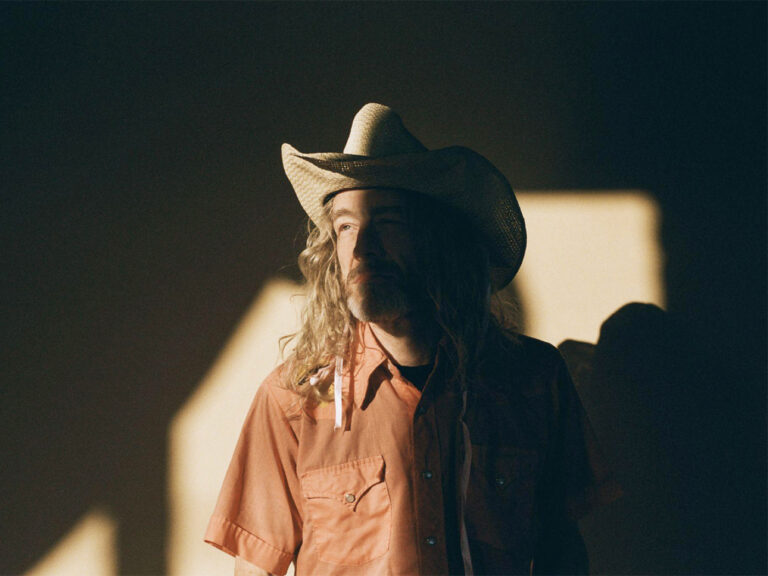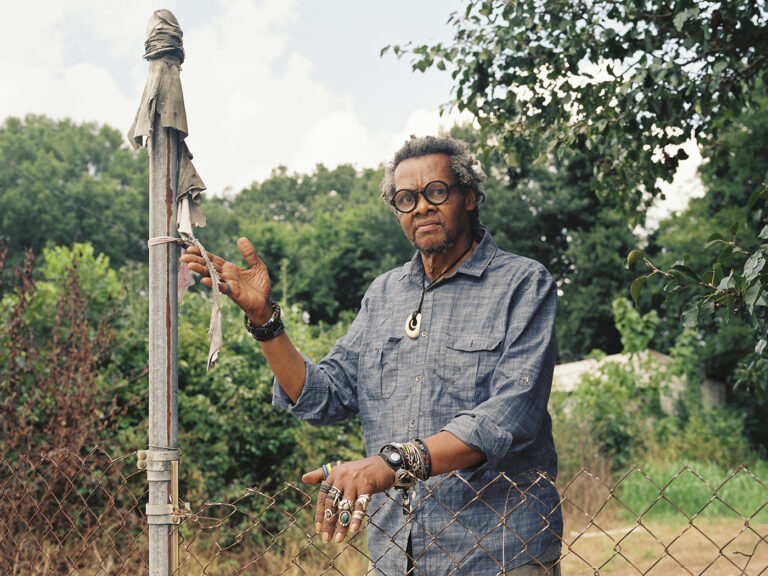From Uncut’s April 2021 issue [Take 287], the indomitable first lady of folk shares her whole story with Uncut: an epic 85-year odyssey that also involves Woody Guthrie, Ewan MacColl and Greenham Common
This morning, Peggy Seeger has been out in her garden in Oxfordshire to inspect the bird tables. These, she explains, have now been squirrel-proofed and she was keen to see how successfully they were working. “Connecting with nature is something you do a whole lot when you get old,” she says, with a typically commanding blue-eyed stare. “I’m not a mature citizen, I’m not vintage, I’m old. Bloody old. You’ll soon be joining the whole of nature’s system and learning to understand it is what I’m doing now. And it is magical. Absolutely magical.”
A leading figure in the most politically radical stream of the UK folk revival, Seeger has not morphed into an earth mother. There are no dreamcatchers on her living room wall, no obvious crystals. However, the younger half-sister of Pete Seeger, and widow of Ewan MacColl, has a pleasingly cosmic outlook. “Everything is interlaced,” she explains. “No element of the earth, the galaxies, human thought, the natural systems – none of it is separated from the rest. Until we learn that, we’re doomed.”
If artists tend to stick to their fundamentals once they get past retirement age, Seeger is determinedly extending her range. Aged 85, she is increasingly out there.
Seeger’s place in the world may have been defined by the work she did in the 1950s and 1960s, when – as the loyal lieutenant to the Oliver Cromwell of the folk revival – she helped set standards for all folk singers, whether they wanted them or not.
“Peggy was my total role model,” says singer Sandra Kerr, who later made the music for Bagpuss. “She was everything I wanted to do. She sang, she wrote songs, she played three or four instruments, she had great empathy with people and she was a livewire.”
With and without MacColl, Seeger wrote important contemporary songs, including feminist standards “I’m Gonna Be An Engineer” and “Carry Greenham Home”. “Peggy’s made a huge contribution to the culture of political music in this country,” Billy Bragg tells Uncut.
However, the most remarkable thing about Seeger may be that she is making the most sophisticated, challenging work of her career now. Her new album (billed as her last), First Farewell, takes on the meditative chanson mood of 2014’s beautifully crafted Everything Changes, but steers toward starker terrain.
If she owed her traditional repertoire to her father, folklorist Charles Seeger, the abstract piano shapes on First Farewell are all down to her mother, ‘ultramodernist’ composer Ruth Crawford Seeger – who died in 1953, when her daughter was 18. “My mother used to make me get lost on the piano and then find my way out into a good harmonic ending,” she says. “She made me go to anything, including dissonance.”
“This odd fusion of Aunt Molly Jackson and Béla Bartók, that’s her thing,” says her second son Calum MacColl, who has helped realise Seeger’s most recent records along with his older brother Neill and his sister-in-law – rock’s top oboist, Kate St John.
On the bible-black “Swim For The Star” from Everything Changes, Seeger followed the Titanic as it slipped under the waters of the Atlantic; on First Farewell, she goes deeper still. “I’m dealing with matters that to me are very serious in the world, but trying not to preach on Hyde Park Corner,” she explains.
Seeger’s early work could be harsh and astringent – “I don’t have a beautiful voice, I have a character voice,” she says – but she is using softer power here. “If you have a strident song that says ‘hypocrisy and greed are part of our system’, people say, ‘Oh, it’s those lefties talking again,” she explains, talking through the weary “How I Long For Peace”. “But if it’s in a gentle, really tuneful song and has a chorus…”
However, while she expertly connects sex and the movement of tectonic plates on “Lubrication”, and challenges attitudes to ageing on the cheeky “The Invisible Woman”, her steps into meditative space are even more impressive: the angular “The Puzzle”; the chilling “One Of Those Beautiful Boys” and – most remarkable still – rapturous opener “Dandelion And Clover”.
Here, the deaths of a seven-year-old schoolmate and her first lover are woven into a song that softens the horrible certainty of death with the comforting glow of memory, set to a wondrous, undulating melody. Steering by candlelight, she is stretching toward the unearthly twinkle of Robert Wyatt or Ivor Cutler. Fittingly, given her unusual musical journey, Seeger has not heard of either of them.
FIND THE FULL INTERVIEW FROM UNCUT APRIL 2021/TAKE 287 IN THE ARCHIVE
